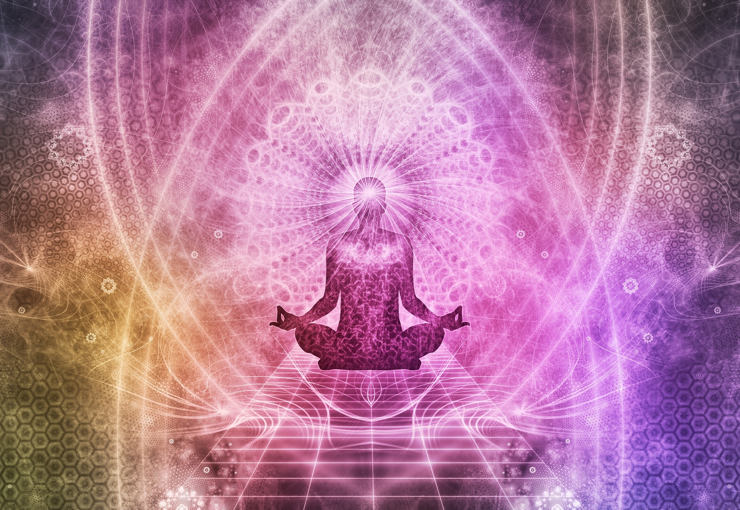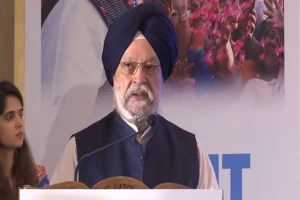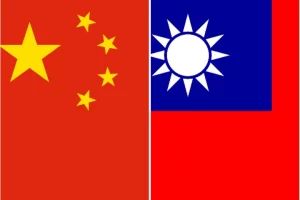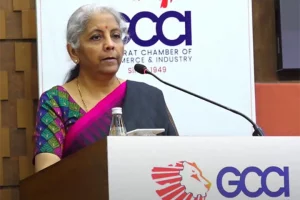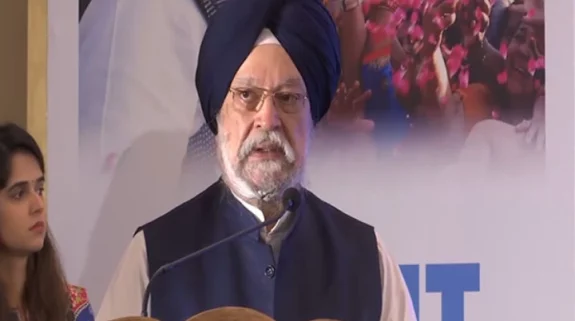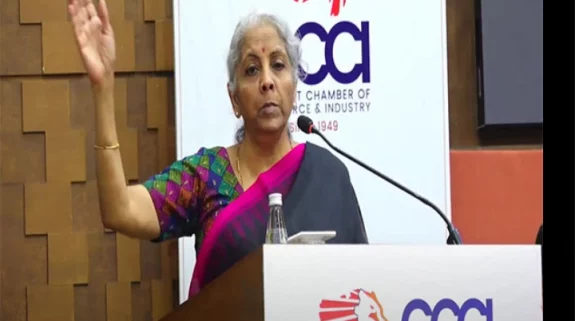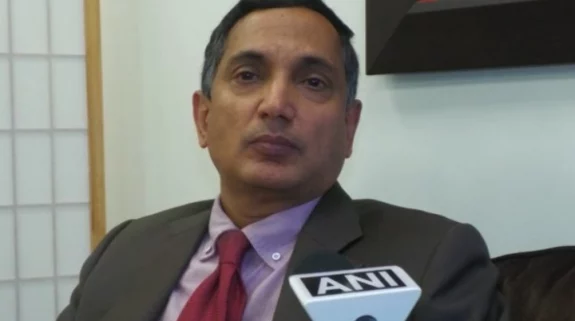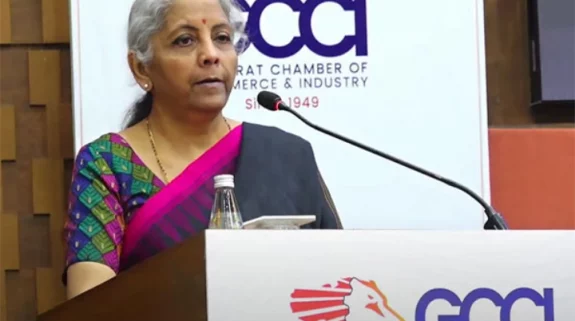In September 2014, when India proposed before the United Nations General Assembly (UNGA) that the world should celebrate the International Yoga Day (IYD), it was the culmination of extensive brainstorming involving a bouquet of stakeholders, including senior Yoga practitioners, cultural enthusiasts and government officials.
Top Indian yogis and the political establishment at the highest levels had been in serious discussions and contemplation about how yoga—the ancient Hindu practice of holistic wellbeing—was being practiced globally. Prime Minister Narendra Modi lead a monumental exercise over how yoga—one of India’s strongest brands in soft power, had to be positioned through the IYD.
Yoga was already a worldwide phenomenon, having been inculcated by tens of millions of people across countries and cultures. In all spiritual, secular and freedom-loving cultures, yoga with its different aspects had already found enormous acceptability, and reliance, for its ability to generate physical and mental transformation among individuals. Later, even closed cultures began to accept yoga.
Just to highlight the diverse range of communities practicing yoga, we had international hockey sports teams, reformation programmes in prisons, even military veterans coping with stress disorders—who were into the practice for either dealing with divergent health issues, or to enhance their faculties. And, there were some forward-looking schools that had yoga curriculum for children.
In the US, yoga had transformed itself into a multi-billion industry.
The acceptance of yoga, particularly among the American women, also spawned a new culture—a material culture of fashion, fitness and photography. On the shelf were expensive yoga accompaniments—mats, several aids and 'sexy' yoga wear. Yoga centres were increasingly looking like upmarket fitness centres. All these accoutrements and associations with yoga got automatically funnelled into 'yoga porn'—where we had the well-practiced Western yoga practitioners putting out photographs of semi-clad men and women in unbelievable, out-of-the-world, superhuman poses in amazingly crafted bodies. Many students had no connection with the genesis or the origins of yoga. For them the neighbourhood yoga teacher was the 'fitness trainer', just like the other fitness coaches who would help you lose weight, get into shape or get some exercise. Terms like Namaste, Yogi, Yogini, Om, Shanti along with a few more assorted ancient Sanskrit terms and prayers were flung around by the newbie yogi.

An International Yoga Day in progress in Kolkata (Photo: IANS)
In the Western world, yoga was beginning to take on a fashionable, sexy new avatar. But it was a shallow one. The umbilical with a several thousand-year practice had been severed. And the deeply spiritual aspect of yoga, transcending religion, got confined to a few words and mantras.
Indians were happy wallowing in pride that their ancient practice had spread itself across the world and immersed itself into alien cultures.
And herein lay the billion-dollar irony and the widening gap between the Western practice of yoga and its Indian roots. The modern crop of young, social, secular and uppity Indian was moving away from yoga while the West was practicing it minus the essence.
Once proposed, the International Day of Yoga galvanised India and the Indian government into action. Top Indian spiritual and yoga leaders met in different cities over numerous meetings to not just give leadership to the IYD but also revive the culture of yoga in a meaningful way. The effort was to yoke the yogic traditions back into the practice. Who else would do it but India. It had to resuscitate the practice before it completely got lost in the western twists and turns. Prime Minister Narendra Modi himself, with his unique connect with people, became large-than-life brand ambassador of Yoga on an international scale!
India's top institutions of yoga began looking at the practice of yoga—Indian spiritual gurus and swamis had opened their own schools, establishments and ashrams. With yoga being a wide and open-source knowledge, handed down over thousands of years, it had undergone changes and transformations. Gurus and swamis had distilled the enormous practice and its processes for multiple kinds of yoga trainings tuned to different cultures, different objectives and different audiences. Yoga was always malleable, flexible and vast. For the Indian taskforce, creating a cohesive curriculum from an enormous body of knowledge and deep practices became the initial challenge.

The Canada-based Sivananda Yoga Vedanta Centre in London (Photo: Rahul Kumar)
Commonalities in different schools of yoga were thought out and a common yoga protocol evolved.
Very soon the practice of Yoga went viral worldwide. For instance, young Chinese thronged gymnasiums near Chengdu in China, practicing the art with Indian gurus amid the lush greenery of mountains, which have a deep spiritual connect with Taoism, on IYD. The Minzhou university in Kunming started a degree course on learning Yoga in its holistic dimensions.
The IYD revived the practice with more Indians doing it—and they were doing it not just in India but across the world. With a push from the Indian high commissions and embassies, it became easy for many to join the practice, and include yoga in their lives.
The connect between the Indian government, leading swamis and yoga institutions has transformed the practice, the understanding and the teaching of yoga worldwide. India is generating yoga trainers and teachers who meet certain standards and are equipped to teach yoga and its inherent knowledge across the world—ashrams, fitness centres, yoga studios and resorts. These practitioners now not just train, they are also certified to impart the deep knowledge that yoga is a repository of.
The IYD is a celebration of yoga and of the joys of life. A life in which embracing yoga leads the disciple to a state of "sukham sthiram asanam", roughly meaning "attaining a pose that gives you peace of mind and stillness in body"—something all practitioners try to attain with each aasan they practice and with and in every pranayama they breathe in.
The success, enthusiasm and acceptance of the IYD has put India back in the worldwide yoga movement—with a dose of spirituality, re-connection with the roots and a deeper meaning to the practice. With a fluid and thoughtful harmony between the government and yoga gurus, the ancient practice that originated thousands of years back with Lord Shiva as the first yogi—the adiyogi, has brought India back to its centre.






